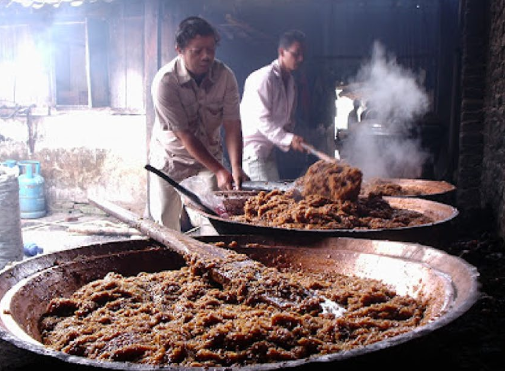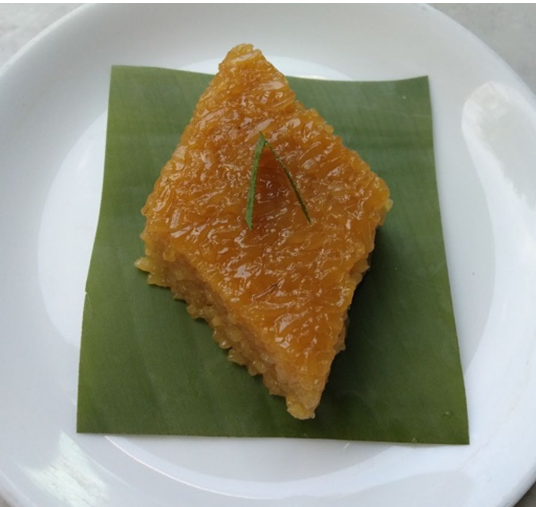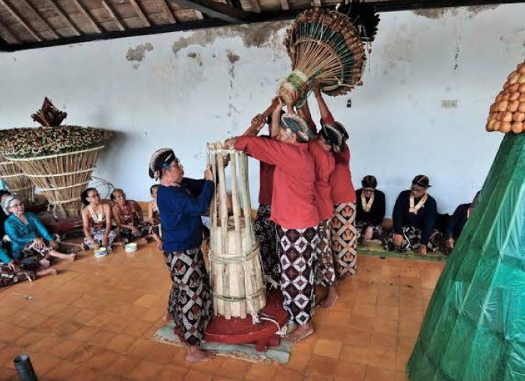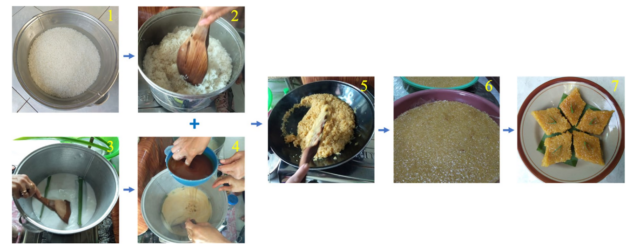Foodtech BINUS Research : Wajik, Indonesia Traditional Food
One of the important foods at a traditional Javanese event is wajik. Made from sticky rice, this special food is a mandatory menu item, particularly at Javanese weddings.
Wajik was first discovered during the Majapahit Era, but During the Majapahit era, wajik was considered as a type of food or snack.
 During such occasions, the preparation of wajik involves a large-scale process, utilizing an oversized wok heated over a traditional stove, requiring the collaborative efforts of several individuals to ensure its successful production. Wajik serves as a mandatory complement to the gunungan (mountain miniature) in the tumplak wajik event, a routine ceremonial and ritual performance in Yogyakarta Province.
During such occasions, the preparation of wajik involves a large-scale process, utilizing an oversized wok heated over a traditional stove, requiring the collaborative efforts of several individuals to ensure its successful production. Wajik serves as a mandatory complement to the gunungan (mountain miniature) in the tumplak wajik event, a routine ceremonial and ritual performance in Yogyakarta Province.
Wajik making process :
Wajik example
Source : Unveiling the Cultural Significance and Development of “Wajik”, a Traditional Javanese Food
Ata Aditya Wardana1 and R. Haryo Bimo Setiarto2
1Food Technology Department, Faculty of Engineering, Bina Nusantara University, Jakarta 11480, Indonesia
2Research Center for Applied Microbiology, National Research and Innovation Agency (BRIN), KST Soekarno, Jalan Raya Jakarta-Bogor Km 46, Cibinong, Bogor 16911, West Java, Indonesia






Comments :